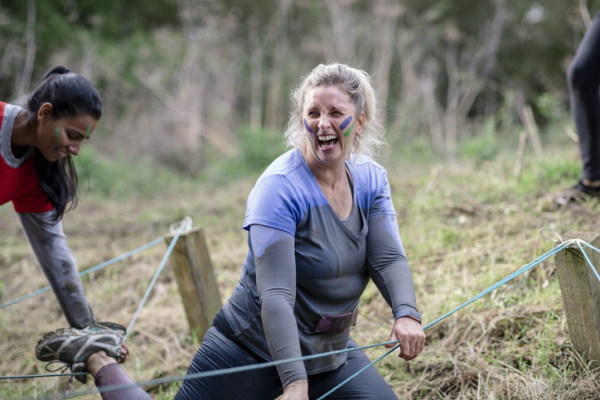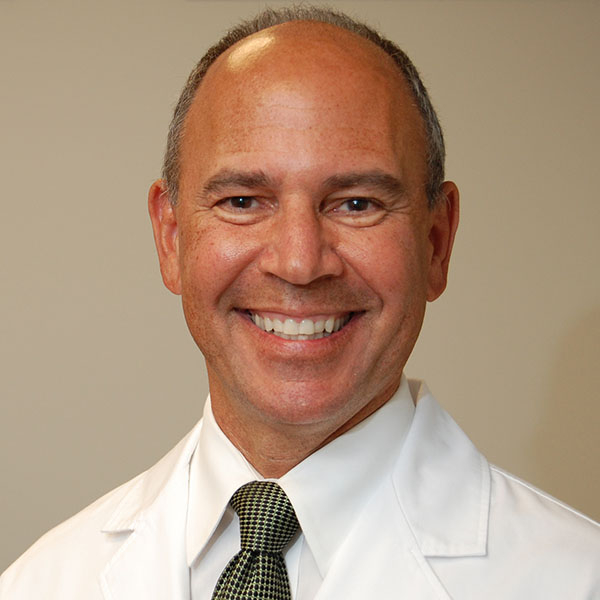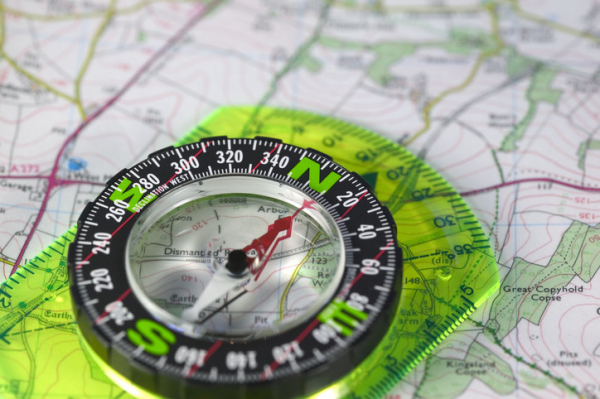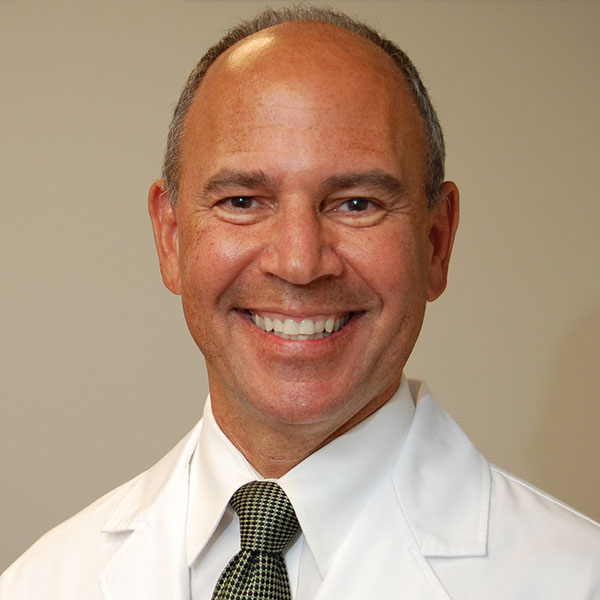 Remember childhood summers when you climbed monkey bars, swung from ropes, and jumped over streams? Rain just added to the fun, leaving you soaked and muddy.
Remember childhood summers when you climbed monkey bars, swung from ropes, and jumped over streams? Rain just added to the fun, leaving you soaked and muddy.
You can relive those adventures by signing up for a mud run. These outdoor team events focus on navigating through military-inspired obstacle courses and getting good and dirty in the process.
Tough Mudder and Spartan races are the most well-known mud races. But similar mud runs are available in most states. Some offer shorter distances and levels of difficulty. Others are designed just for women, kids, or families.
How do mud runs work?
Usually these events follow the same basic concept: participants traverse a course that covers anywhere from three to 10 miles (or longer), and tackle 10 to 25 obstacles.
While some mud races can be done solo, most are designed as team-oriented events. Teams are often coed and consist of five to 10 people. There is no time limit, but depending on the distance and number of obstacles, most teams complete the course in anywhere from less than an hour to three-plus hours.
The obstacles are challenging enough that most people need help — physically and emotionally — to navigate over, under, and across them. This is where a “we’re-all-in-this-together” comradery comes into play.
What sort of obstacles are featured in mud runs?
Common obstacles include
- climbing over spider web-like cargo nets
- scaling walls of various heights
- swinging from ropes with handles
- keeping your balance while walking across beams or logs
- carrying logs or sandbags
- slithering under barbed wire.
And then there’s all the mud. Be prepared to trudge through sticky mud pits, crawl through muddy tunnels, and shoot down mud-slick slides.
What are the health benefits of a mud run?
According to Dr. Aaron Baggish, founder of the Cardiovascular Performance Center at Harvard-affiliated Massachusetts General Hospital, the benefits of these events come from how they are constructed.
“Obstacle racing combines large-muscle, whole-body resistance exercises superimposed on a long-distance endurance race,” he says. “They are a snapshot of all-around conditioning, as you need strength, stamina, and mobility.”
Besides the physical benefits, mud races offer psychological challenges, and the emotional rewards, of conquering tasks that require planning, coordination, and strategy.
How can you prepare for a mud run?
Mud races require strenuous exercise, so discuss your safety and capabilities with your doctor before signing up for an event. While almost anyone of any age can participate in these events, they require a certain level of conditioning to complete and to reduce the risk of experiencing injury.
“Training for obstacle races incorporates many aspects of fitness and performance,” says Dr. Baggish. “So it’s best to prepare with a coach or trainer who understands the fundamental skills needed to complete these races.”
Whether or not you work with a trainer, you’ll want to focus on:
- Aerobic fitness. While you won’t consistently run as you do in a traditional road race, such as a 5K or a half marathon, you do have to hustle from obstacle to obstacle. “Optimal training for such obstacle races involves a combination of steady-state aerobic base training like jogging or cycling, coupled with interval work that simulates the start-and-stop nature of competition,” says Dr. Baggish.
- Grip strength. You will have to grab, hold, and pull yourself against gravity. Exercises that can help include pull-ups and farmer carries (where you hold dumbbells or kettlebells in each hand while you walk back and forth). Good form is essential during these exercises to help you avoid injury. Remember to start low when working with weights and go slow.
- Plyometrics. Many obstacles require explosive jumps and quick movements. Exercises like box jumps, burpees, and jump squats can help replicate these moves.
How to stay safe in the mud
While being physically prepared can help reduce the risk of injury, you should take other precautions to stay safe. For instance:
- Choose your race depending on level of fitness. Be sure you know what you’re getting into before you go.
- Wear lightweight, moisture-wicking clothing. Avoid cotton, which gets heavy with mud and sweat.
- Wear a headband, protective eyewear, or visor to keep mud out of the eyes.
- Wear long shorts or pants that cover your knees to prevent scraping, or opt for knee pads.
- Consider gloves to protect your hands and provide extra grip.
- Cover your feet with petroleum jelly or an anti-chafing cream before putting on socks to protect wet feet from chafing and blisters.
- Tie shoelaces tightly (but not so tight that they cut off circulation). Mud creates suction and you can quickly lose a shoe.
- Pace yourself. Walk or take a break when needed.
Where can you find a mud run?
It depends on the level of challenge that you seek. Are you ready for a Tough Mudder or Spartan race? Looking for a family first mud run, or a Muddy Princess or Muddy Kids event?
These additional sites also can help you find mud races in your area:
- Mud Run Finder (US)
- Run Guides (Canada and the US)
- Savage Race (US)
About the Author

Matthew Solan, Executive Editor, Harvard Men's Health Watch
Matthew Solan is the executive editor of Harvard Men’s Health Watch. He previously served as executive editor for UCLA Health’s Healthy Years and as a contributor to Duke Medicine’s Health News and Weill Cornell Medical College’s … See Full Bio View all posts by Matthew Solan
About the Reviewer

Howard E. LeWine, MD, Chief Medical Editor, Harvard Health Publishing
Dr. Howard LeWine is a practicing internist at Brigham and Women’s Hospital in Boston, Chief Medical Editor at Harvard Health Publishing, and editor in chief of Harvard Men’s Health Watch. See Full Bio View all posts by Howard E. LeWine, MD











